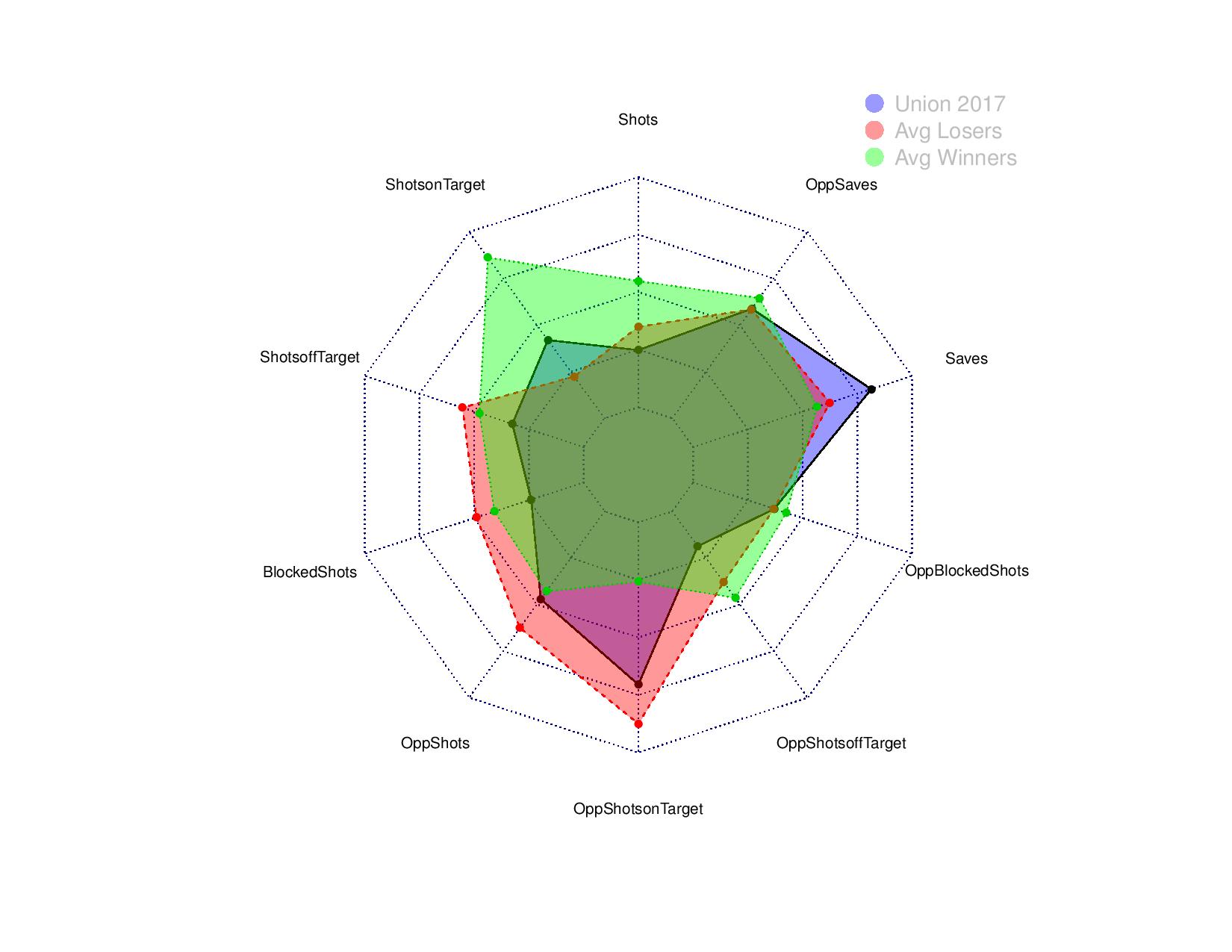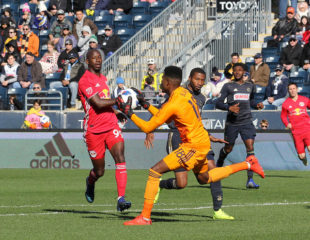Photo: Paul Rudderow
Editor’s note: This post is part of PSP’s 2018 Season Review series, in which PSP breaks down the season that was and look at the off-season ahead. To read the full series, click here.
What changed for Philadelphia Union in 2018?
Obviously, we know what changed from a personnel stand point.
The Union picked up a true no. 10 in Borek Dockal, they gave regular playing time to Auston Trusty and Mark McKenzie, and they utilized Cory Burke to replace C.J. Sapong’s underwhelming production.
What did those changes do to improve the team, however, en route to more points on the table? What numbers reflect these personnel and any tactical changes in the points we saw?
Quantity over quality
It is likely not a surprise to our readers that shots-on-target is a key differentiating statistic between winning teams and losing teams. As the Union’s table position improved, it is also not surprising that the number of shots-on-target for the team increased in 2018 compared with 2017.
What may be surprising, however, is that this increase was due entirely to quantity of shots and not their quality. In fact, in 2017, Philadelphia ranked fifth among MLS clubs with regards to shots-on-target-percentage, despite ranking 15th in shots-on-target amount. In 2018, the Union flipped this relationship, ranking 17th in shots-on-target-percentage and 12th in amount (a 12.5% increase in shots-on-target).
What these stats don’t tell you is what caused this shift. It could be a tactical focus implemented by Jim Curtin. It could be a direct result of Borek Dockal’s integration with the offense. It could be fewer aimless Fabinho crosses that get intercepted by the defense. It could be any number of reasons that I hope will be discussed in the comments.
Saving grace
On the flip side, the stats do show that while Philadelphia does a good job at preventing an abundance of shots, they do an alarmingly poor job at preventing shots-on-target. The Union’s opponent-shots average resembles that of winning teams, but their opponent-shots-on-target average is much closer to that of losing teams, which indicates a shocking percentage of quality shots. Philadelphia had the unfortunate notoriety of giving up the second highest shots-on-target percentage to their opponents in 2018.
Sadly, this is not a new trend, as the previous season had extremely similar opponent-shooting-values and also gave up the second highest shots-on-target percentage to opponents.
Thanks to Andre Blake, the Union’s save rate allowed the Union to prevent goals this season and in 2017. Philadelphia ranked eighth in save rate for 2018 and 5th for 2017.
As with above, I don’t necessarily know what the precise cause for these stats are. Could the club’s leakage of shots-on-target be due to Haris Medujanin’s lack of fit for the role of a no. 6 defensive midfielder, leading to a center-back needing to pull out of his position? Could Jim Curtin’s attacking tactics be a gamble allowing the risk of exposed holes in the back line due to trust in Blake? Is it possible that the young Union back line isn’t as effective as we think they are just yet? Or worse still, are the Union entirely reliant on Andre Blake to be a competitive team and prevent the club’s exposure to an onslaught of goals-against?
Charts
Below we show some of the key stats separating winning teams from losing teams and then how Philadelphia did in comparison.
*Opp refers to opponent’s stats for that metric.




Thanks, Chris. When I look at those charts, it looks like the Union are closer to the losers than the winners…… sad
Had it not been for Toronto’s epic collapse this year, we would not have made the playoffs.
Toronto made their own bed as much as the Union did. The Union earned more points and thus a playoff spot.